On 1 October 2024, the German Navy’s new tactical maritime headquarters, Commander Task Force Baltic (CTF Baltic), officially took over its role according to a NATO news release.
The inauguration, held three weeks later at the German Navy Headquarters in Rostock, was attended by Germany’s Minister of Defence, Boris Pistorius, and NATO’s Deputy Commander, Vice Admiral Didier Maleterre.
Pistorius highlighted the strategic significance of the Baltic Sea, stating, “The security of the Baltic region is inseparable from the security of all of Europe. The importance of the region has become even more evident against the background of the ongoing Russian aggression in our immediate neighbourhood.” He emphasised the Baltic’s critical role as a trade and military mobility corridor and a potential front line for collective defence.
The establishment of CTF Baltic is part of NATO’s ongoing efforts to adapt its command structure, a process that began in 2017. The headquarters will coordinate naval activities in the Baltic Sea region and provide a continuous joint maritime situational picture. As Vice Admiral Maleterre noted, “From what I see here, I am confident about our maritime security in the Baltic region.”
CTF Baltic’s core responsibilities will include planning maritime exercises and operations and leading naval forces during times of peace, crisis, and war. The headquarters will play a pivotal role in fostering cooperation among the allied navies in the Baltic Sea region. Maleterre added, “This CTF will be critical to develop tactical plans in the region, to gain significant operational advantage, and to retain decision superiority.”
The new headquarters is a German national command with multinational participation. Currently, personnel from twelve other nations, including Denmark, Finland, Poland, and the United Kingdom, are contributing to the staff, with more expected to join in the future. Vice Admiral Jan Christian Kaack, Germany’s Chief of Navy, remarked, “The sheer number of nations involved, extending beyond the Baltic Sea states, is clear proof that security in the region affects the whole Alliance.”
CTF Baltic will be crucial in executing NATO’s regional plans and bolstering the alliance’s deterrent posture in the Baltic Sea. As Minister Pistorius concluded, “Your professionalism and commitment are the foundation of our security.”


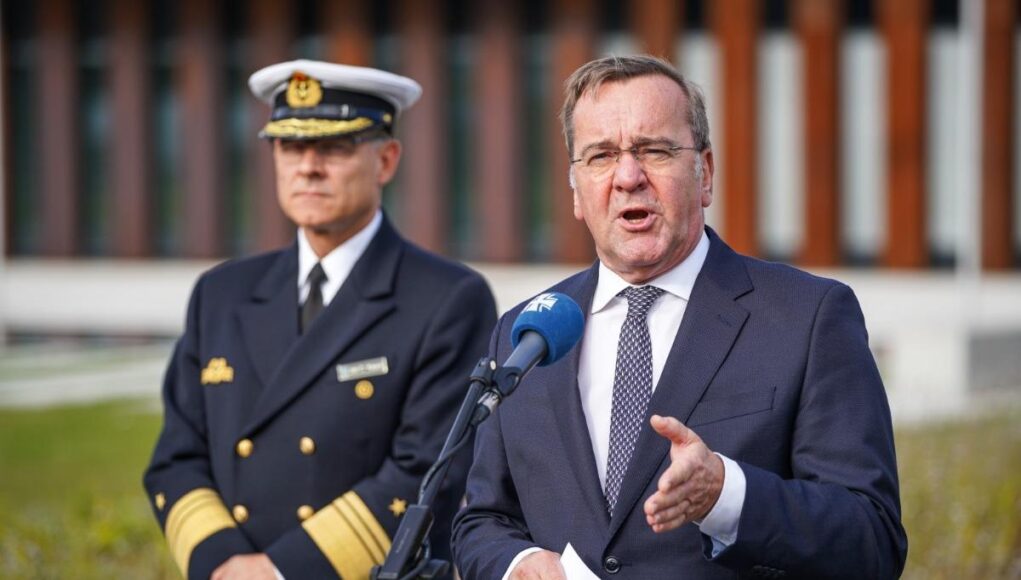

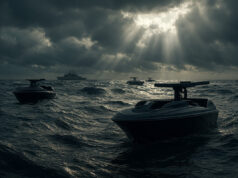
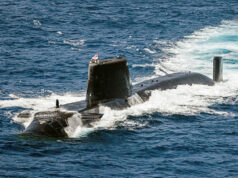

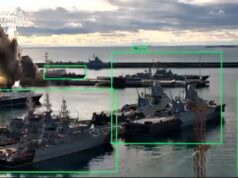
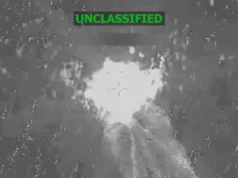


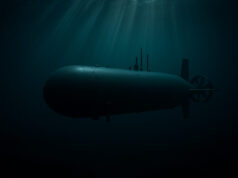


The reason why this is a “german national command” is the 2 plus 4 treaty – it does not allow Nato structures in ex-GDR regions.
This alone is a message to Russia, btw.
Thanks. Interesting.
What they going to command? It’s not like we have an over abundance of ships floating around doing nothing? In fact, we don’t have an overabundance of boats doing what they are supposed to be doing let alone extra stuff.
I took from what I read previously and now in this article that this command will be part of NATO’s command structure. The 8 Baltic NATO members should be more than capable of handling any threat from the Russian fleet or airpower in the Baltic. OK, we provide a few staff to the HQ, but I don’t think the UK needs to involve our navy in the Baltic, we have more than enough gaps in providing the ships and subs needed in Eastlant.
NATO had a very good regional command structure in the Cold War, with COMLAND NORTH, COMNAV NORTH, COMAIR NORTH, COMNAVBALTAP etc,. We seem to be starting to regenerate that now, but oh so slowly, in view of Russian actions and the emergence of a powerful, malign, expansionist autocratic Axis.
Doing a quick rough tally of what the NATO navies in the Baltic offer, it’s something like:
12 submarines
31 frigates
14 corvettes
19 OPVs
46 MCMV/ML
35 auxiliaries
So close to 160 ships, more than twice the size of the RN! That’s excluding smaller auxiliaries, fast attack boats etc., and also Norwegian and the Baltic republics contributions.
Definitely no need for an RN contribution.
History. The RN shed precious blood at Copenhagen to sink the Danish fleet and maintain a passage to Latvia – 200 years ago, our spars came from country.
100 years ago we, along with the French sent warships to help defend her against both Russian and German forces. Our dead are interred at Jelgava where we have a piece of the cemetery.
Estonia sees our battlegroup based there.
And the Baltic was a stomping ground dor our ssks.
I’m happy we are involved.
Even if the RN provide only one or two bodies, we would still need some sort of liason staff at a NATO HQ such as this.
Would it answer to Northolt? I have no idea.
Dunno…
I’m happy for a concrete example of Germany taking responsibility for Defence of Europe. It’s overdue.